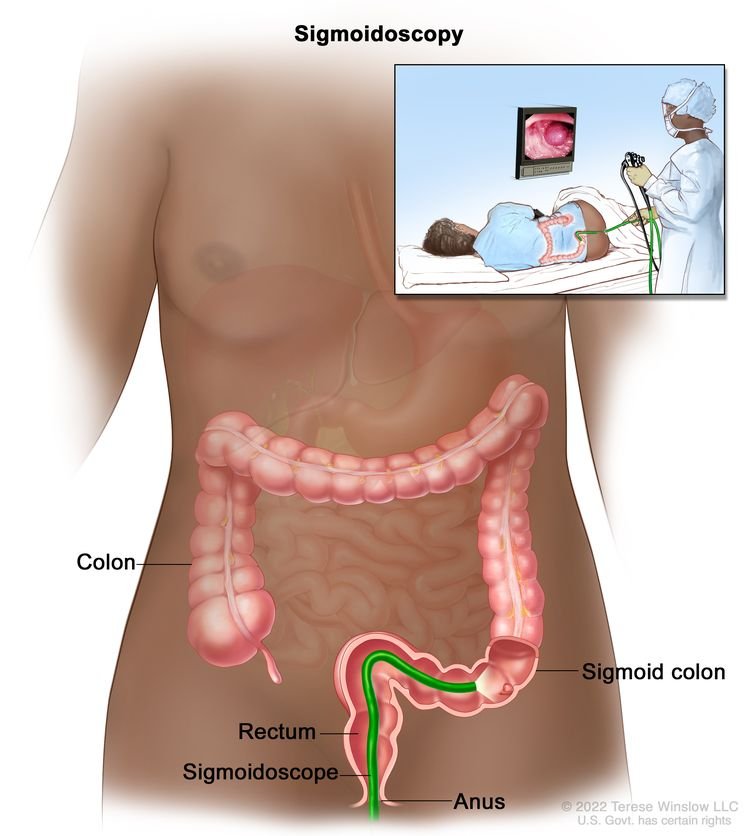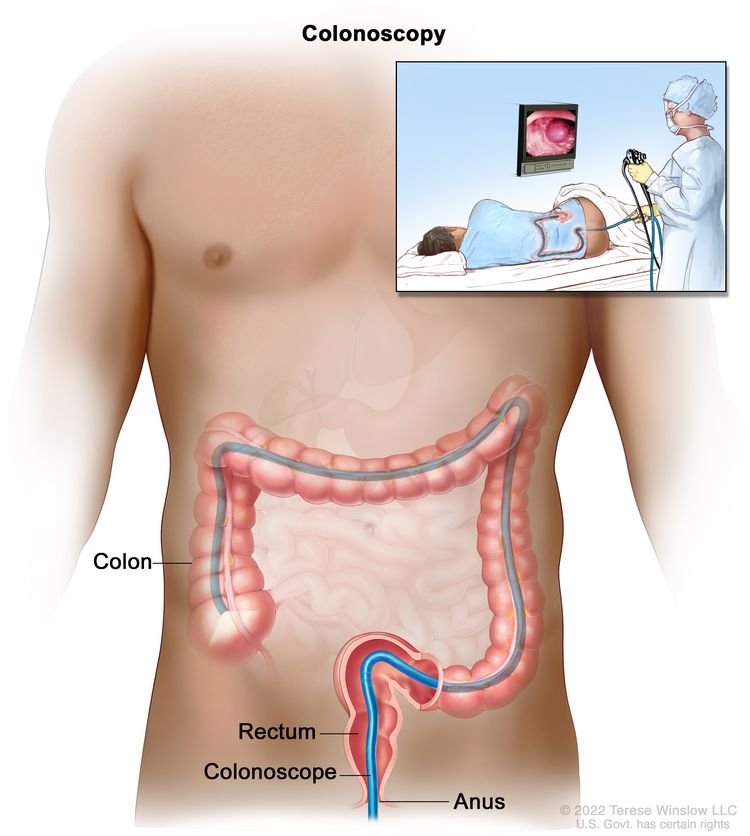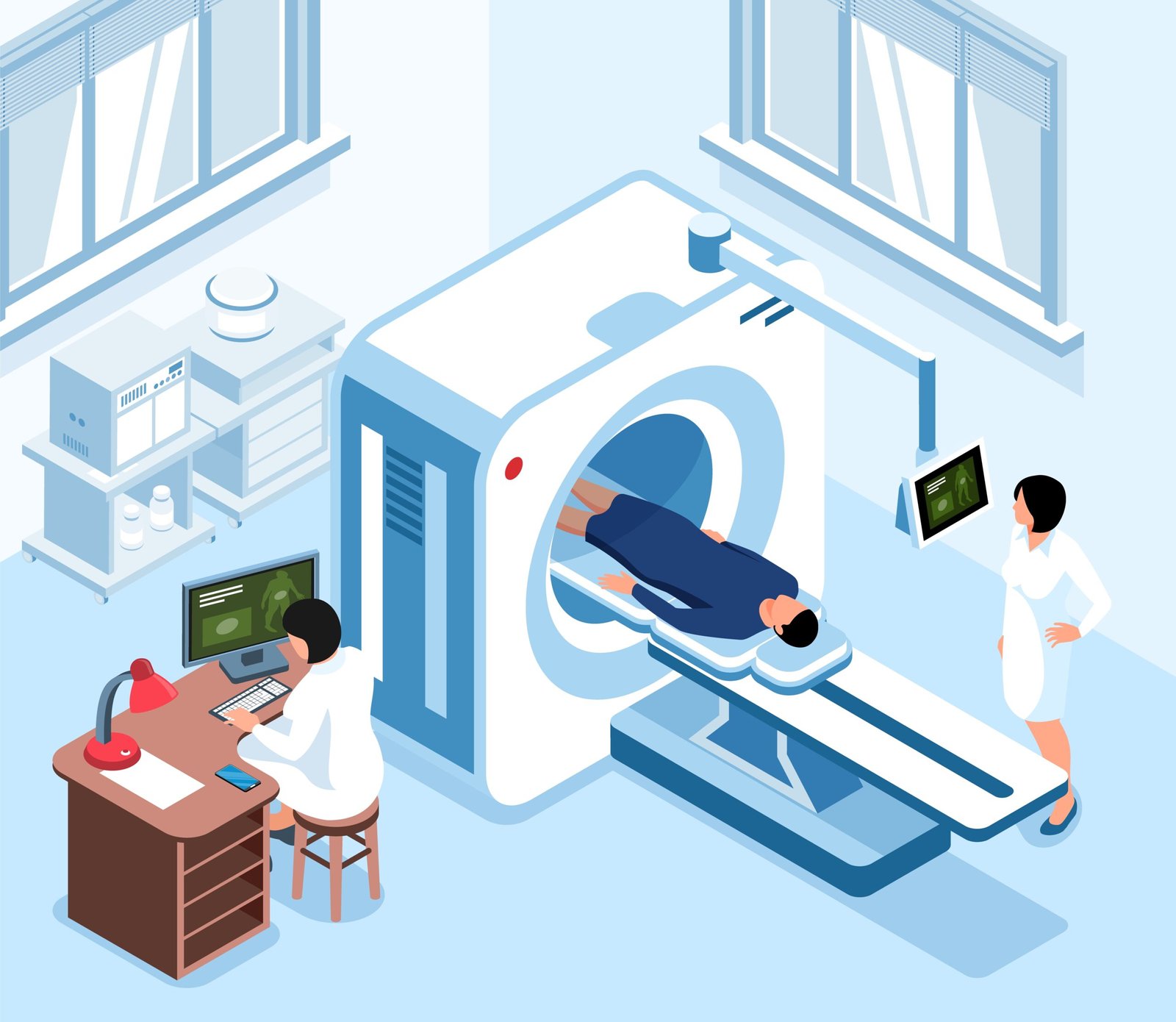Colorectal cancer, also known as bowel cancer, often starts as a growth called a polyp inside the colon or rectum. A polyp can take as long as 10 to 15 years to turn into cancer. Early detection through screening is crucial for finding and removing polyps before they become cancerous.
Screening methods for Colorectal cancer can be divided into two main types:
Stool-based tests: These tests analyze stool samples for signs of cancer.
Visual (structural) exams: These exams inspect the colon and rectum for any abnormal areas.
Additionally, individuals can self-assess at home. Look for changes in your bathroom habits, blood in your stool, belly pain, or sudden weight loss. If you notice anything unusual, see a doctor. Remember, not all changes mean cancer, but it’s important to get checked.
Thus, regular screenings and awareness of potential signs are a key for early colorectal cancer detection, helping to minimize the severity of treatment required

Let’s understand the two types of screening methods for finding Colorectal early
Stool Based Test

Stool-based tests for colorectal cancer screening are non-invasive options that detect hidden blood in the stool, which may be an early sign of colon cancer.
The two most common stool-based tests for colorectal cancer screening are the fecal immunochemical test (FIT) and the guaiac-based fecal occult blood test (gFOBT). These tests are designed to detect tiny amounts of blood in the stool, which could indicate a problem in the colon.
While these tests are convenient and can be done at home, it’s important to remember that a positive result requires follow-up with a colonoscopy or another test to confirm findings and remove any precancerous polyps.
Visual (Structural) Exams

These tests examine the inside of the colon and rectum to find any abnormal areas that could be cancer or polyps. There are several types of visual (structural) exams, including Colonoscopy, CT Colonography, and Sigmoidoscopy.
Sigmoidoscopy is a procedure to look inside the rectum and sigmoid (lower) colon for polyps, abnormal areas, or cancer. A sigmoidoscope is inserted through the rectum into the sigmoid colon. A sigmoidoscope is a thin, tube-like instrument with a light and a lens for viewing. It may also have a tool to remove polyps or tissue samples, which are checked under a microscope for signs of cancer.

Colonoscopy is a procedure to look inside the rectum and colon for polyps, abnormal areas, or cancer. A colonoscope is inserted through the rectum into the colon. A colonoscope is a thin, tube-like instrument with a light and a lens for viewing. It may also have a tool to remove polyps or tissue samples, which are checked under a microscope for signs of cancer.

CT colonography also called Virtual colonoscopy or computed tomography colonography is a procedure that uses a series of x-rays called computed tomography to make a series of pictures of the colon. A computer puts the pictures together to create detailed images that may show polyps and anything else that seems unusual on the inside surface of the colon.

Understanding the benefits and limits of different Colorectal cancer screening tests is essential for healthcare providers and individuals to make informed decisions about screening options.
The American Cancer Society provides a valuable resource in the form of a table outlining various screening tests, aiding in comprehending their advantages and constraints for effective decision-making.
